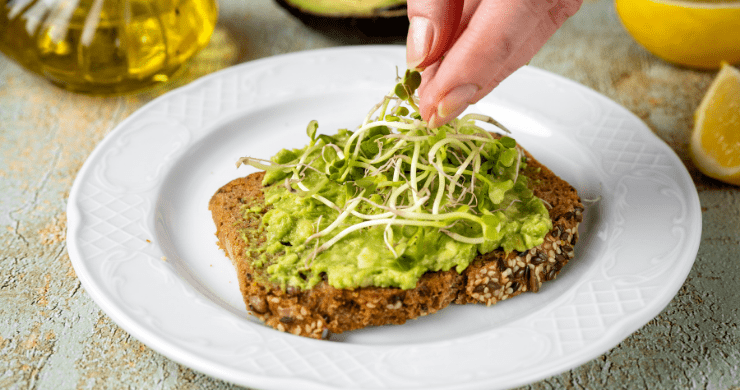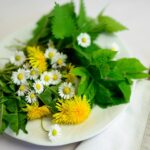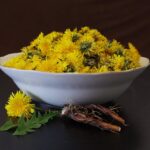Flowers are not just visually beautiful, they have a culinary tradition dating back thousands of years. Not all flower varieties are edible, however, and many are harmful. Examples of edible flowers include carnations, chamomile, hibiscus, lavender and squash blossoms. The safest source of edible flowers is to buy seeds and grow them yourself. Be sure to use only non-toxic pesticides. It’s also possible to buy edible flowers from grocery stores, online shops, and farmer’s markets. Edible flowers lose their freshness over time, but can be stored in the refrigerator or freezer. Recipes that make use of edible flowers include Lavender Lemon Poppy Scones and Creamy Asparagus Flowered Risotto.
Key Takeaways:
- In order for a flower to be edible it must not be toxic, it must not pose additional threats, and it must provide nutritional benefits to the human body.
- A person needs to know what was used on the flower and if there are any possible allergic reactions they might have before eating edible flowers.
- Recently cut edible flowers can be stored in the refrigerator for up to five days or can be frozen for up to a year.
“The popularity of using edible flowers as garnishes and in dishes has waxed and waned throughout history and cultures around the world.”



